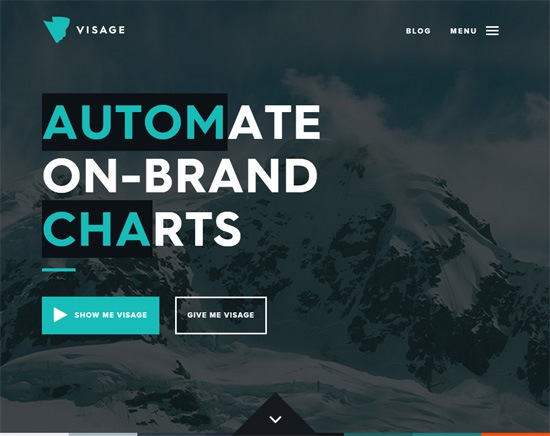Blitz News Digest
Stay updated with the latest trends and insights.
Type Right: Elevate Your Web Design Game
Unlock your web design potential! Discover expert tips and tricks to elevate your skills and create stunning websites that captivate visitors.
5 Essential Principles for Stunning Web Design
Creating stunning web design requires a deep understanding of essential principles that can elevate your website beyond ordinary aesthetics. First and foremost, visual hierarchy plays a crucial role in guiding users’ attention to the most important information. Utilizing size, color, and spacing can help establish this hierarchy effectively. Secondly, the principle of balance ensures that your layout feels harmonious. This can be achieved through symmetrical or asymmetrical arrangements that distribute visual weight evenly across the page. These foundational elements set the stage for a captivating user experience.
Another key principle is typography, which encompasses font choices, sizes, and spacing. A well-chosen typography can enhance readability and convey your brand's personality. Additionally, incorporating responsive design is vital in today's mobile-driven world. Ensuring your website looks and functions beautifully on all devices can significantly impact user engagement. Lastly, don’t forget about color theory; the right color palette can evoke emotions, create connections, and ultimately reinforce your brand's identity. By integrating these five essential principles, your web design will not only look stunning but also function seamlessly.

How to Choose the Perfect Typography for Your Website
Choosing the perfect typography for your website is crucial, as it significantly impacts user experience and readability. Start by considering the nature of your content and your target audience. For instance, a creative portfolio may benefit from unique and artistic fonts, while a corporate website should opt for more traditional options that convey professionalism. To ensure consistency and harmony, limit your font choices to two or three complementary typefaces.
Once you've selected your fonts, pay attention to font size and spacing. A good rule of thumb is to maintain a clear hierarchy, which can be achieved through a well-structured font scale. For example, use larger sizes for headings and decrease the size for body text. Additionally, ensure adequate line height and letter spacing, as this enhances legibility and keeps your content approachable. Remember, the right typography not only beautifies your site but also strengthens your brand identity.
What Are the Latest Trends in Web Design You Need to Know?
As we move further into 2023, web design trends are evolving rapidly to meet the needs of users and stay ahead of the competition. One of the most notable trends is the increased emphasis on sustainable design. Designers are now focused on creating websites that not only look good but are also environmentally friendly, utilizing eco-friendly hosting and energy-efficient coding practices. Additionally, the use of dark mode is becoming increasingly popular, as it provides a modern aesthetic while reducing eye strain and energy consumption on OLED screens.
Another trend gaining traction is the incorporation of micro-interactions. These small animations or design elements provide feedback and enhance the user experience, making interactions more engaging. Furthermore, minimalistic design continues to dominate, with clean layouts and ample white space allowing users to focus on the content without distraction. Finally, the use of AI-driven design tools is transforming the web design process, enabling designers to create more personalized and responsive websites that cater to individual user needs.